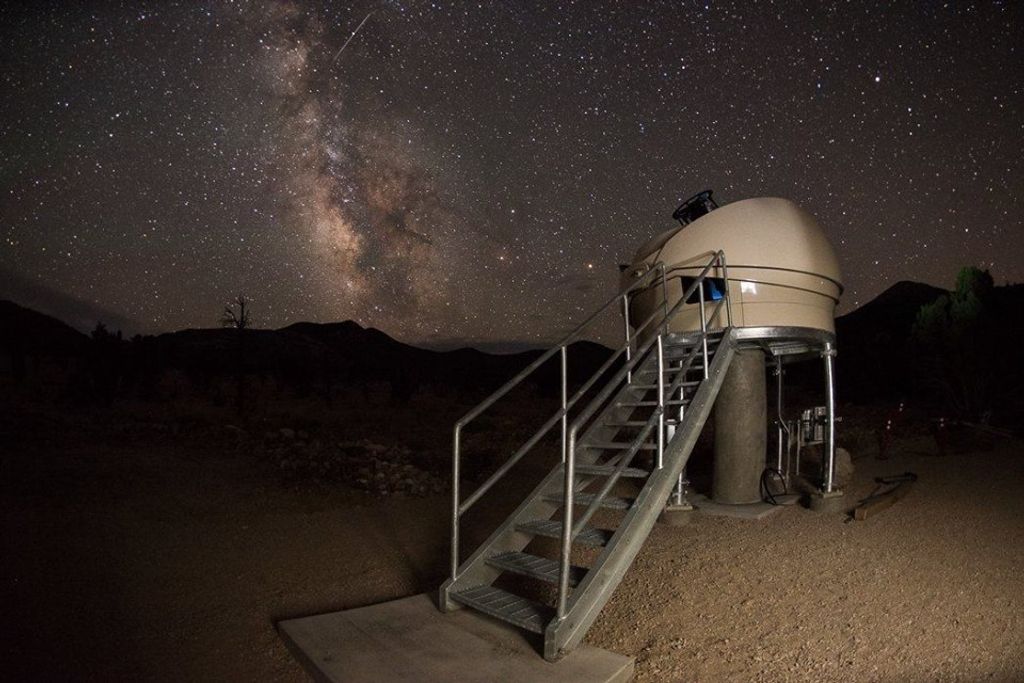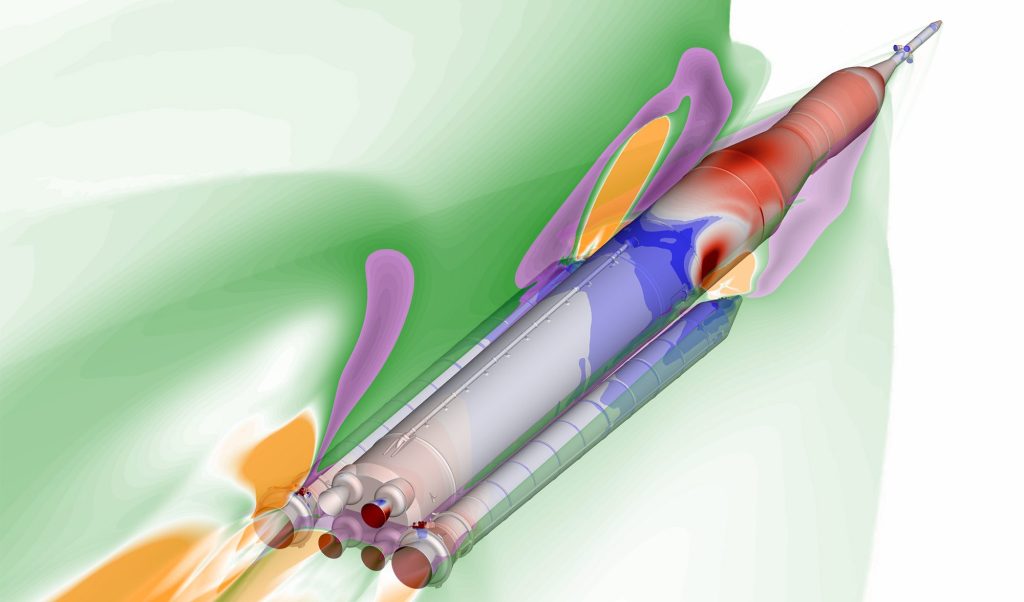1 min read
Compass Image for Hamilton’s Object

About the Object
- R.A. PositionR.A. PositionRight ascension – analogous to longitude – is one component of an object's position.22:30:09.69
- Dec. PositionDec. PositionDeclination – analogous to latitude – is one component of an object's position.-08:09:40.19
- ConstellationConstellationOne of 88 recognized regions of the celestial sphere in which the object appears.Aquarius
- DistanceDistanceThe physical distance from Earth to the astronomical object. Distances within our solar system are usually measured in Astronomical Units (AU). Distances between stars are usually measured in light-years. Interstellar distances can also be measured in parsecs.About 7 billion light-years (redshift z=0.82)
- DimensionsDimensionsThe physical size of the object or the apparent angle it subtends on the sky.Image is 1.7 arcmin across
About the Data
- Data DescriptionData DescriptionProposal: A description of the observations, their scientific justification, and the links to the data available in the science archive.
Science Team: The astronomers who planned the observations and analyzed the data. "PI" refers to the Principal Investigator. - InstrumentInstrumentThe science instrument used to produce the data.ACS/WFC, WFC3/IR
- Exposure DatesExposure DatesThe date(s) that the telescope made its observations and the total exposure time.Sep 2015 and Apr 2016
- FiltersFiltersThe camera filters that were used in the science observations.F606W, F814W, F110W, F140W
- Object NameObject NameA name or catalog number that astronomers use to identify an astronomical object.SDSS J223010.47-081017.8 "Hamilton's Object"
- Object DescriptionObject DescriptionThe type of astronomical object.Multiply lensed galaxy
- Release DateOctober 7, 2021
- Science Release‘Double’ Galaxy Mystifies Hubble Astronomers
- CreditRichard Griffiths (UH Hilo); Co-Author: Jenny Wagner (ZAH)

Color Info
Color InfoA brief description of the methods used to convert telescope data into the color image being presented.
These images are a composite of separate exposures acquired by the ACS and WFC3 instruments on the Hubble Space Telescope. Several filters were used to sample narrow wavelength ranges. The color results from assigning different hues (colors) to each monochromatic (grayscale) image associated with an individual filter. In this case, the assigned colors are: Blue: F606W Green: F814W Red: F110W + F140W
Related Images & Videos
Share
Details
Last Updated
Aug 17, 2025
Contact
Media
Claire Andreoli
NASA’s Goddard Space Flight Center
Greenbelt, Maryland
claire.andreoli@nasa.gov






























